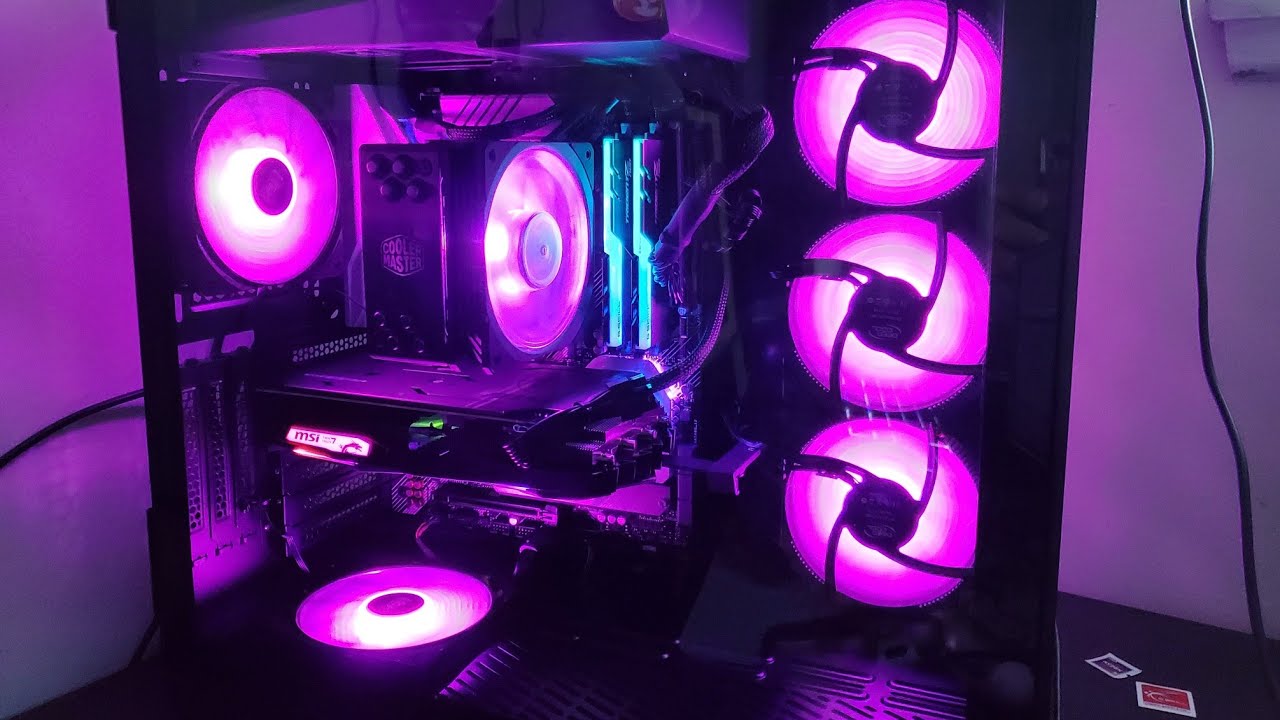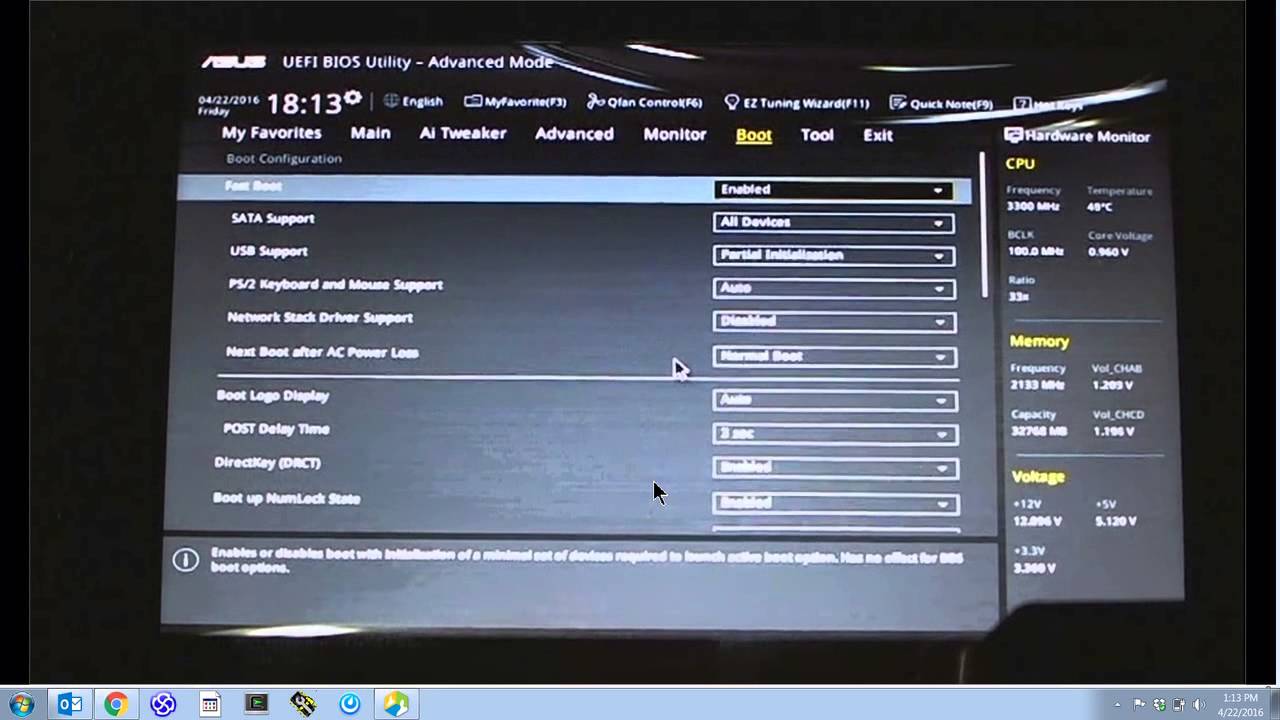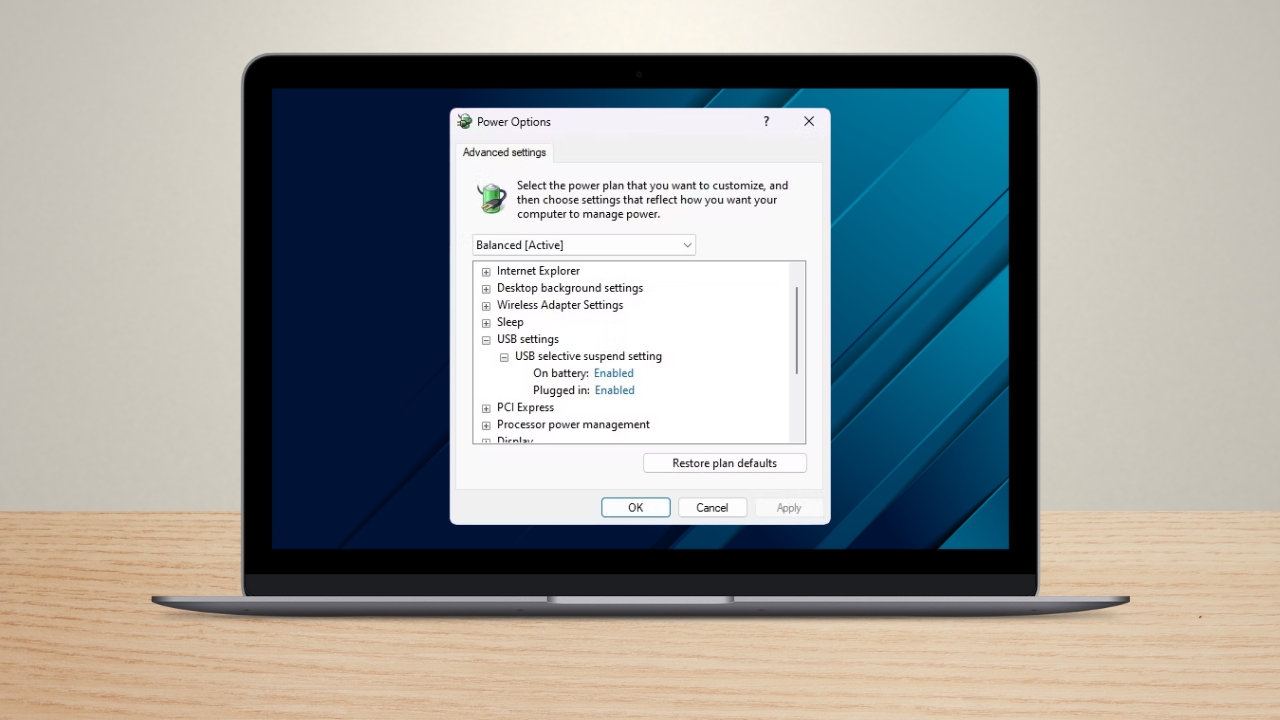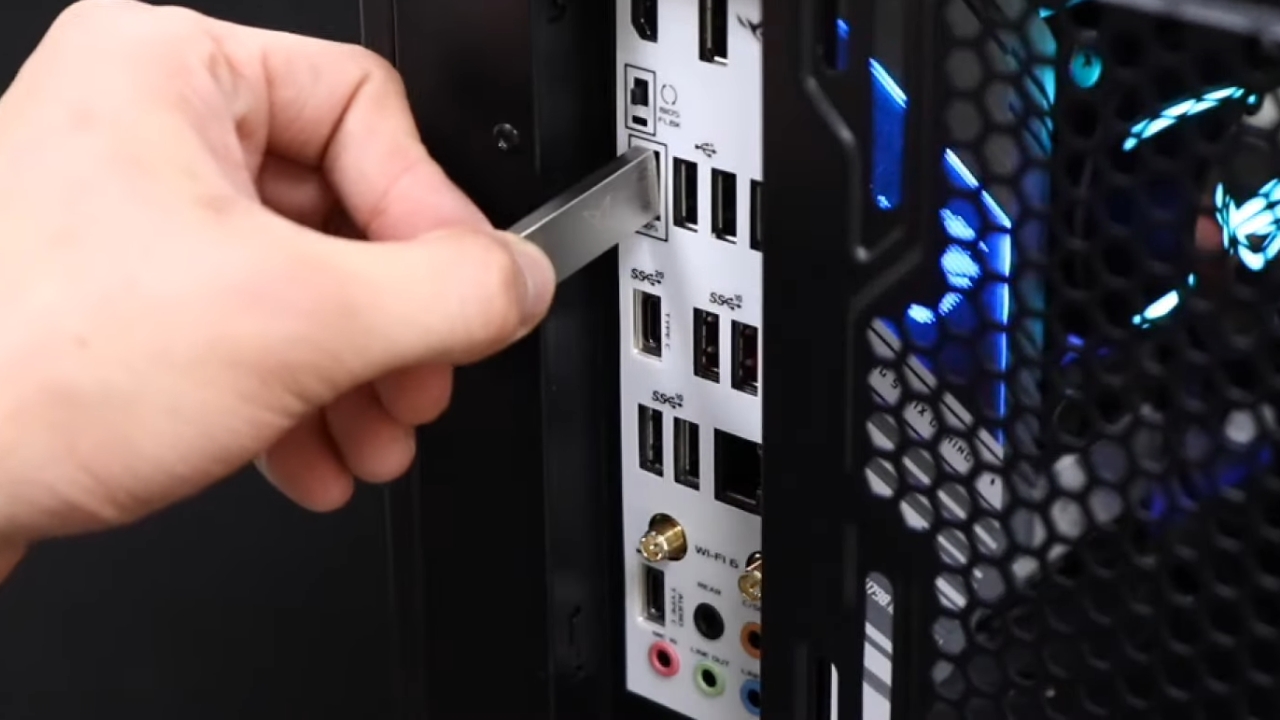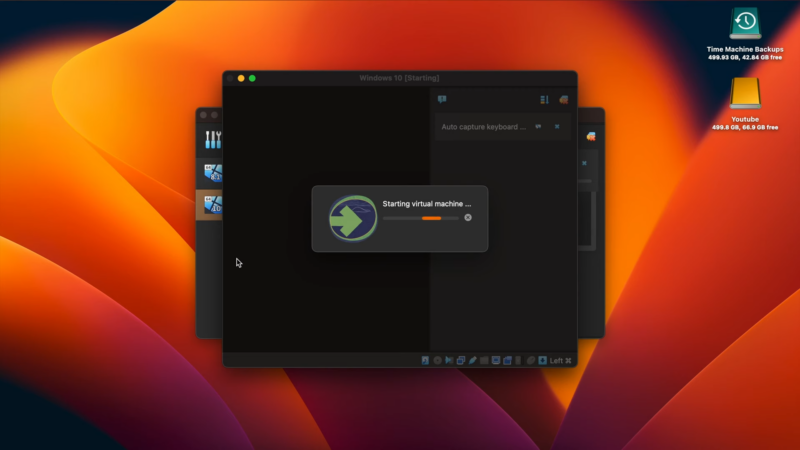
Share Post:
The Fn key, short for Function key, plays a significant role in maximizing keyboard functionality, allowing secondary functions for keys.
The Fn Lock key enables or disables the primary and secondary functions, offering flexibility.
Methods to Enable or Disable Fn Lock
Enabling or disabling the Fn Lock key through keyboard settings is often the most straightforward method.
First, locate the Fn Lock key, typically identified by a padlock icon or labeled “FnLock.”
Common key combinations include Fn + Esc or Fn + Shift.
Pressing these combinations toggles the Fn Lock, allowing you to switch between using the standard function keys (F1-F12) or their alternative functions like volume control or screen brightness.
To use this method, follow these steps:
- Identify the Fn Lock key on your keyboard.
- Try common key combinations such as Fn + Esc or Fn + Shift.
- Check if the Fn Lock status has changed (usually indicated by a light or on-screen notification).
Modifying BIOS/UEFI Settings
For a more permanent solution, modifying BIOS/UEFI settings is effective. BIOS (Basic Input/Output System) or UEFI (Unified Extensible Firmware Interface) settings control hardware configurations.
Here’s how to modify these settings to enable or disable the Fn Lock:
- Restart your PC and enter the BIOS/UEFI setup (commonly by pressing keys like F2, Del, or Esc during boot-up).
- Navigate to the System Configuration or Advanced tab.
- Find the Function Key Behavior setting.
- Choose between Function Key or Multimedia Key mode.
- Save changes and exit the BIOS/UEFI setup.
This method ensures that the FN Lock setting remains consistent across reboots, providing a stable configuration.
Using Windows Mobility Center
Windows Mobility Center offers another convenient way to manage the Fn Lock key, particularly on laptops.
Access it by pressing Win + X or right-clicking the Start button and selecting Mobility Center. In the Windows Mobility Center, locate the Function Key Row settings.
- Open Windows Mobility Center (Win + X or right-click Start and select Mobility Center).
- Find the Function Key Row section.
- Choose between “Function key” and “Multimedia key” mode.
This method is user-friendly and doesn’t require rebooting or entering BIOS, making it suitable for quick adjustments.
Specific Brand Instructions
HP notebooks often have specific instructions for enabling or disabling the Fn Lock key, known as action keys mode. Here’s how to adjust it:
- Turn on or restart your HP notebook
- Press the Esc key repeatedly until the Startup Menu opens
- Press F10 to enter BIOS Setup
- Navigate to the System Configuration tab
- Locate the Action Keys Mode setting
- Enable or disable the setting based on your preference
- Save changes and exit BIOS
Different HP models might have slight variations in accessing BIOS or naming conventions, so refer to the user manual for precise instructions.
Troubleshooting and Additional Tips

If the Fn key is not working as expected, it might be due to outdated or corrupted drivers. Check for Windows 10 driver updates via the Device Manager:
- Open Device Manager.
- Expand the Keyboards section.
- Right-click your keyboard and select Update driver.
- Follow the on-screen instructions to search for updates.
If updating drivers doesn’t resolve the issue, visit the manufacturer’s support website for specific troubleshooting guides and driver downloads.
The Bottom Line
Understanding how to enable or disable the Fn Lock key is essential for customizing your keyboard to match your needs.
Choose the method that suits you best and enhance your productivity by mastering these keyboard shortcuts.



